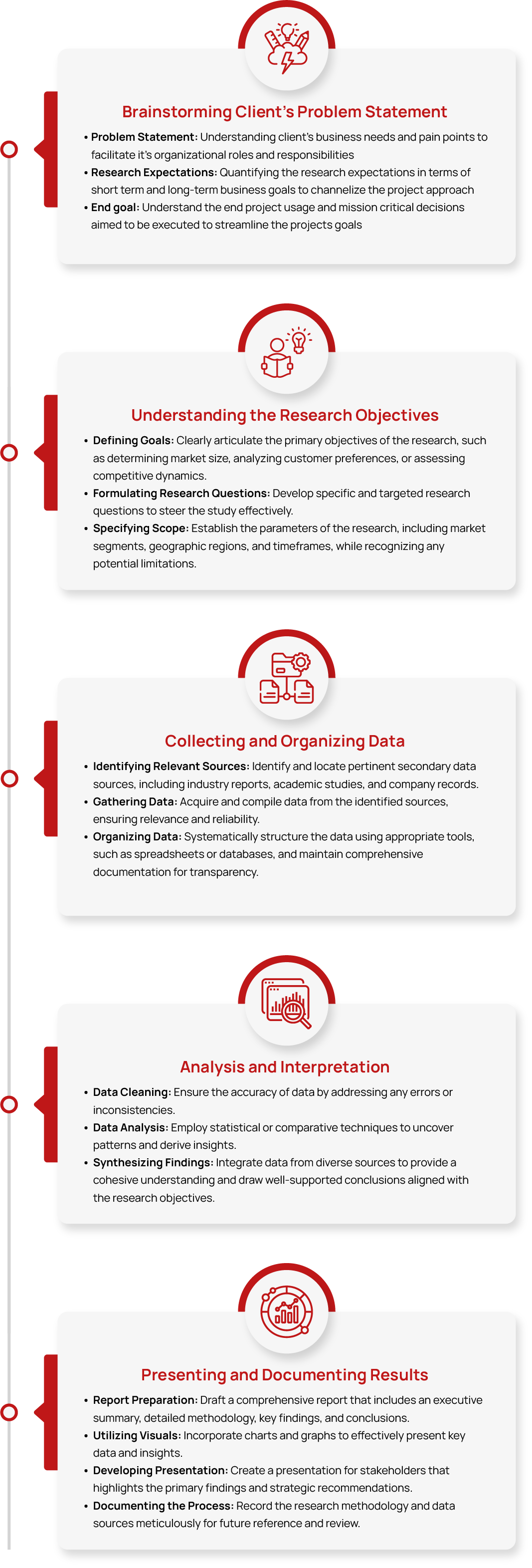Global Electronic Toll Collection Market Size, Share, Growth & Trend Analysis Report, 2032
- Summary
- Market Landscape
- Methodology
- Table of Content
Global Electronic Toll Collection Market Size, Share, Growth & Trend Analysis Report, By Technology (Radio Frequency Identification, Global Positioning System, Dedicated Short Range Communications, Automatic Number Plate Recognition & Others), By Deployment (Open Road, Closed Road), By End-use (Highways, Urban Roads, Bridges), By Region (North America, Europe, Asia Pacific, Latin America, Middle East & Africa) and Forecasts 2024-2032
The Global Electronic Toll Collection Market encompasses advanced automated systems that enable the seamless collection of road usage fees without requiring vehicles to stop at toll booths. These systems integrate various technologies including RFID, GPS, and automatic number plate recognition to facilitate efficient toll collection while improving traffic flow and reducing operational costs. The market serves diverse transportation infrastructure needs across highways, urban roads, and bridges, revolutionizing how road authorities manage access and generate revenue from transportation infrastructure.
The Global Electronic Toll Collection Market was valued at USD XX billion in 2024 and is anticipated to reach USD XX billion by 2032, reflecting an estimated compound annual growth rate (CAGR) of around 8% during the forecast period from 2025 to 2032.
Industry Trends
The electronic toll collection industry is undergoing a profound transformation, driven by the convergence of multiple technological and societal factors. The increasing urbanization and resulting traffic congestion in major cities worldwide have created an urgent need for more efficient traffic management solutions, pushing transportation authorities to adopt electronic toll collection systems.
This adoption is further accelerated by government initiatives focused on modernizing transportation infrastructure and implementing smart city solutions. The integration of artificial intelligence and cloud computing has enhanced the capabilities of these systems, enabling real-time traffic monitoring, dynamic pricing, and predictive maintenance.
Additionally, the growing emphasis on contactless transactions, particularly following the global pandemic, has reinforced the value proposition of electronic toll collection systems in creating seamless, touch-free payment experiences.
The market's evolution is further propelled by technological innovations that are expanding the possibilities of toll collection systems. The emergence of blockchain technology is revolutionizing transaction security and transparency, while advanced analytics capabilities are enabling transportation authorities to optimize pricing strategies and traffic flow patterns.
The integration of these systems with broader intelligent transportation networks is creating new opportunities for comprehensive mobility management, allowing cities and highway operators to better understand and respond to traffic patterns while improving overall transportation efficiency.
However, the electronic toll collection market faces several significant challenges that could impact its growth trajectory. The substantial initial investment required for infrastructure deployment and system integration poses a significant barrier, particularly for developing regions with limited financial resources.
Privacy concerns regarding vehicle tracking and data collection have sparked public debate and regulatory scrutiny, necessitating careful consideration of data protection measures. Furthermore, the technical complexity of ensuring interoperability between different toll collection systems across regions and countries presents ongoing challenges, as varying technical standards and regulatory requirements complicate the creation of unified toll collection networks.
The need for continuous technological upgrades to keep pace with evolving security threats and user expectations also adds to the operational complexities faced by market participants.
Industry Expert’s Opinion
- Maria Rodriguez, Transportation Technology Expert
"Electronic toll collection is no longer just about collecting fees – it's becoming a critical component of intelligent transportation ecosystems, integrating data, efficiency, and user experience."
- John Thompson, Infrastructure Investment Analyst
"The future of toll collection lies in its ability to seamlessly integrate with broader smart city and transportation management systems."
TT Consultants’ Perspective
The electronic toll collection market stands at a pivotal moment of technological transformation. Emerging technologies like AI, blockchain, and advanced sensor systems are reshaping traditional toll collection approaches. The market is expected to move beyond simple fee collection towards comprehensive transportation management solutions. Sustainability, data security, and user experience will be key differentiators for successful market players.
Market Segmentation
1. By Technology (Radio Frequency Identification (RFID), Global Positioning System (GPS), Dedicated Short Range Communications (DSRC), Automatic Number Plate Recognition & Others)
RFID (Radio-Frequency Identification) technology currently dominates the market with a share of USD XX Bn in 2024, offering reliable and cost-effective toll collection solutions. GPS-based systems are experiencing rapid growth, providing more flexible and comprehensive tracking capabilities.
On the other hand, dedicated Short-Range Communication (DSRC) technology is emerging as a key player, especially in advanced intelligent transportation systems. Each technology offers unique advantages, with ongoing innovations driving market evolution and improving overall efficiency of toll collection processes.
2. By Deployment (Open Road, Closed Road)
Open road tolling systems have gained significant traction in the market, growing at a CAGR of XX%. It allows vehicles to pass through toll points without stopping, thereby reducing traffic congestion and improving overall transportation efficiency.
On the other hand, closed road systems, typically used in specific controlled access areas, continue to play a crucial role in specific transportation infrastructure scenarios capturing a market share of USD XX bn in 2024. The shift towards open road tolling reflects broader trends in smart transportation and urban mobility solutions.
3. By End-use (Highways, Urban Roads, Bridges & Others)
With a share of USD XX Bn in 2024, Highways represent the largest segment, driven by increasing interstate and national highway networks globally. Urban road toll collection is experiencing rapid growth, particularly in megacities implementing congestion management strategies.
Bridge toll systems continue to be a significant market component, with many regions using electronic toll collection to manage and maintain critical infrastructure. The diversification of end-use applications demonstrates the versatility and expanding role of electronic toll collection technologies.
4. By Region (North America, Europe, Asia Pacific, Latin America, Middle East & Africa)
North America leads the market with a revenue of USD XX Bn in 2024, characterized by advanced transportation infrastructure and early adoption of electronic toll collection technologies. Meanwhile, Europe follows closely, with stringent regulatory frameworks and significant investment in intelligent transportation systems.
On the other hand, the Asia Pacific region is experiencing the fastest growth with a CAGR of XX%, driven by rapid urbanization, infrastructure development, and increasing government investments in smart transportation solutions.
Latin America and Middle East & Africa present emerging opportunities, with growing infrastructure development and increasing focus on technological modernization.
Competitive Scenario
Key competitors operating in the electronic toll collection market include Kapsch TrafficCom AG, Conduent Transportation Solutions, 3M Company, Lorax Systems, Q-Free ASA, Siemens Mobility AG, EFKON AG, TransCore, and IBM Corporation among others.
The market is characterized by intense competition, with players focusing on technological innovation, strategic partnerships, and expansion into emerging markets.
Companies are investing heavily in research and development to create more advanced, integrated, and user-friendly toll collection solutions. Strategies include developing multi-technology platforms, improving interoperability, and creating more sophisticated data analytics capabilities.
The competitive landscape is marked by continuous technological innovation and efforts to address complex transportation challenges.
Recent Developments and Strategic Activities:
- In March 2024, Kapsch TrafficCom unveiled a next-generation integrated tolling solution combining AI-powered image recognition with blockchain-secured transaction processing, addressing both efficiency and security concerns in electronic toll collection.
- In January 2024, a consortium of European transportation authorities launched a cross-border electronic toll interoperability project, creating a unified system for seamless toll collection across multiple countries.
- In November 2024, Q-Free ASA introduced a revolutionary solar-powered toll collection point system, significantly reducing infrastructure and operational costs while improving sustainability.

Please fill out the form to request the ToC and gain access to detailed insights in the report.
Request Table of Contents







